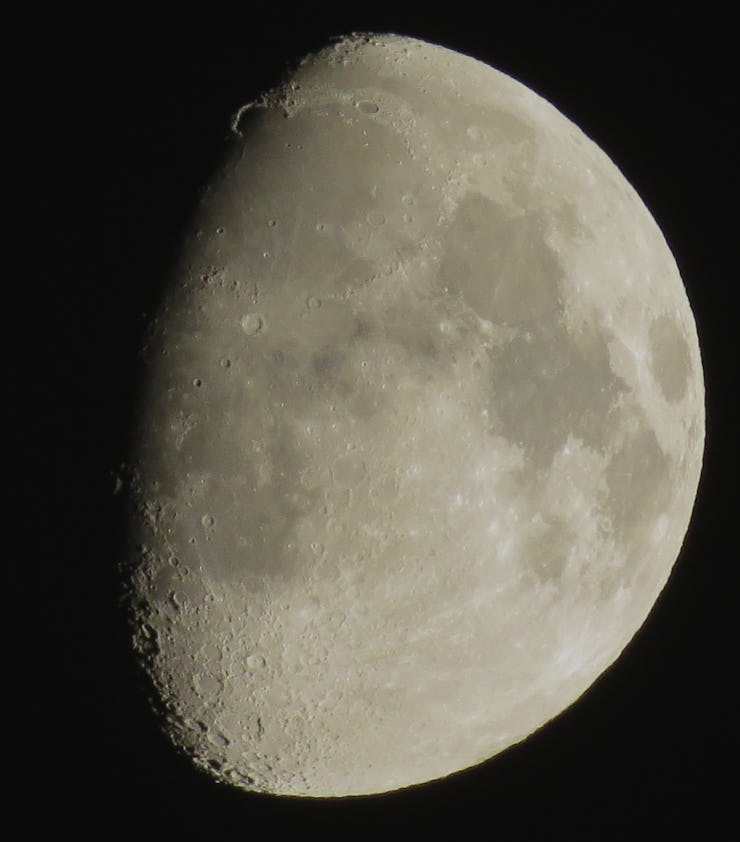The Moon Means More or Less Rain
Although only having a slight effect, researchers are proving the Earth’s main satellite affects precipitation.

The moon’s position in the sky could result in a slightly rainier day, according to a study published by researchers from the University of Washington, Seattle.
The article states that the lunar gravitational tug helps rain fall when the moon is along the horizon, yet pulls it back when overhead or facing the opposite side of the Earth.
Common knowledge holds the moon’s sway over ocean tides, but the Washington U team notes it also creates atmospheric tides—and when atmospheric pressure rises and falls, it could affect humidity and rainfall.
Illustration demonstrating the effect of the moon on rainfall.
The researchers find that air gathers on the Earth’s moon-facing side, which ups atmospheric pressure and slightly raises air temperatures, dropping humidity and decreasing the chance of rain. Using 15 years of collected weather data, it turns out that the moon can affect rainfall rates by as much as one micrometer per hour.
However, lead author Tsubasa Kohyama tells Science News not to let the moon dictate too much of your decision-making: “No one should carry an umbrella just because the moon is rising.”